Summary
- The new Spider-Man animated series is falling into the same trap as the MCU, having Peter Parker fall head over heels for another billionaire.
- He’s once again handed a swanky new suit by a rich CEO, looking for a mentor and even father figure.
- It makes him feel oddly like a sidekick, even though Spider-Man was created as a subversion of that very trope.
In the Tom Holland MCU movies, Spider-Man adores the snarky, egotistical Tony Stark, seeing him as more of a mentor than even Uncle Ben.
There is an arc in Homecoming in which he forgoes the highly advanced, slick new suit, proving he doesn’t need it. But this is an arc that’s repeated over and over again throughout his entire trilogy while his love of Stark refuses to dwindle. It’s so ingrained into his character that he feels like a sidekick.
‘Iron Man Jr’: Spider-Man Isn’t A Sidekick
One of the most exciting reveals in all of the Tom Holland movies is that he used a sewing machine. We’re so tired of him being trapped under Stark’s shadow — with his suit montage even scored to AC/DC — that mere cloth was as big a reveal as the return of Andrew Garfield and Tobey Maguire.
Okay, maybe not, but people still talk about that home-sewn suit today!
It’s a common complaint pointed at the MCU. Spider-Man doesn’t feel like Spider-Man, he feels like an Iron Man sidekick. It’s true, and it goes against the core tenet of not just Spider-Man’s character, but Marvel’s original philosophy.
Stan Lee hated sidekicks. He killed off Bucky, AKA Marvel’s Robin, in 1964, and the original Human Torch’s partner Toro died just five years later. He was so passionate about his dislike of sidekicks that it even drove him to create Spider-Man and one of his closest friends, Johnny Storm: “I hated ‘teenage sidekicks.’ I always figured if I were a superhero, there’s no way on God’s earth that I’m gonna pal around with some teenager,” Lee once told MovieWeb.
To make Spider-Man a sidekick is to undermine the entire point of the character. But making him Iron Man’s has had huge ramifications beyond just the MCU.
Peter Parker Shouldn’t Have Everything Handed To Him On A Sliver Platter
The idea of Peter Parker starting out in flimsy Underoos, because it’s all he can afford, is great. It shows his immaturity, the desperate desire to be a hero even if he’s not ready yet, and it perfectly captures the reality of an ordinary person taking up the spandex — being a hero ain’t cheap.
The original comic run did it, Sam Raimi’s movies did it, the Insomniac games did it, and Miles Morales kept up tradition with Into The Spider-Verse and his Halloween costume. But in the wake of the MCU, it’s not followed by Peter designing a better suit as he comes to understand his responsibilities, serving to represent his growth. No, it’s followed by a rich CEO handing him a swanky new suit on a silver platter.
In the new animated series, Your Friendly Neighbourhood Spider-Man, Peter Parker starts his career of crime fighting in a hastily put-together costume with all the fancy homemade tech — including reactive eyes — awkwardly strapped on. It looks a lot like that original MCU suit. He even sounds like he’s doing a Tom Holland impression. And then we meet the Osborns.
“With my help, you’ll achieve greatness,” Norman Osborn says before we cut to Spider-Man in a brand-new suit. Already, we can see that this is a spin on the Stark story, a rich CEO taking Spider-Man under his wing and mentoring him into a hero, giving him everything he needs to do the job. I’m hopeful that the series will subvert the idea given that it’s the more villainous Osborn, not Iron Man, as his mentor. But pushing him into the arms of a rich CEO will always feel out of place, no matter the reason.
Uncle Ben is his motivation. His words of wisdom, “With great power, there must also come great responsibility”, is all he needs — not an expensive suit or a golden parachute. Spider-Man adaptations keep pushing him aside, and I’m hopeful we’ll see more of him than we do in this trailer, but Osborn being his motivation so far, like Stark was in the MCU, gives me little hope.
Peter Parker starts his crime-fighting career as an orphaned kid living in a house with a single aunt, struggling to pay rent. This hardship is at the centre of his character, and we see him barely getting by even into adulthood. There are moments when he has to pick between rent and the materials for his web shooters, and his decision always shows how truly selfless he is. Spider-Man puts the needs of others before himself, because Uncle Ben is always pushing him to be better even from the grave. Him jumping into bed with a rich CEO goes against that entire mythos.
Tobey Maguire’s Peter Parker handled it perfectly. Upon meeting Norman Osborn, he’s polite — it’s a “great honour to meet you sir”, he’s even excited about Osborn’s research into nanotechnology. But when offered a job at Oscorp later in the movie, he turns it down. Not a suit, not fancy technology, just a job. Parker would rather make his own way like his Uncle Ben and earn his lot in life, standing on his own two (or eight) legs — it’s a perfect encapsulation of his character and the defiance of the sidekick trope.
Insomniac similarly has a penniless Peter join an upstart company with Otto Octavius to design prosthetics, a noble goal that didn’t pay well but would have a huge impact.
It’s Already A Trope
The new series has all of the superficial visuals and ideas of the original comics: the flat blocky colours, big round glasses, and corny jokes, but it already feels like a misunderstanding of the character on such a basic level.
There’s no bite. Peter was never a pushover, he stood his ground even without powers, arguing back to Flash Thompson with bitter, teenage angst. The passive geek is a more modern invention, and it’s this passiveness that constantly pushes him into the arms of the likes of Stark and Osborn and undermines the working hero underneath the red and blue.
Siding with Iron Man is ultimately proven to be a mistake in the comics for Peter, as his secret identity is revealed as part of Stark’s plot. In the end, he joins Captain America’s side. We rarely see him so friendly with CEOs.
It has become so commonplace post-MCU that we see it in the comics now. The newer Zeb Wells run has Peter pal up with a ‘redeemed’ Osborn, and Tony Stark gives him a suit in the new Ultimate Spider-Man run, though he’s already replaced it as a subversion of the idea. He even pokes fun at Octavius for designing a more Iron Man-like costume. In less than a decade, it has changed from a subversion of Spider-Man’s usual roots into a trope in and of itself.
Peter Parker treating these CEOs like infallible heroes loses so much of the charm of Spider-Man. A character who, in any other world or era, would be a sidekick, but instead goes it alone and shows that anybody can be a hero.
That powerful message is only made all the more relatable through the lens of a working person struggling to get by. So when we see him given everything by a rich billionaire, becoming a wide-eyed teenager desperate for approval, that message is completely undermined. It just isn’t Spider-Man anymore.
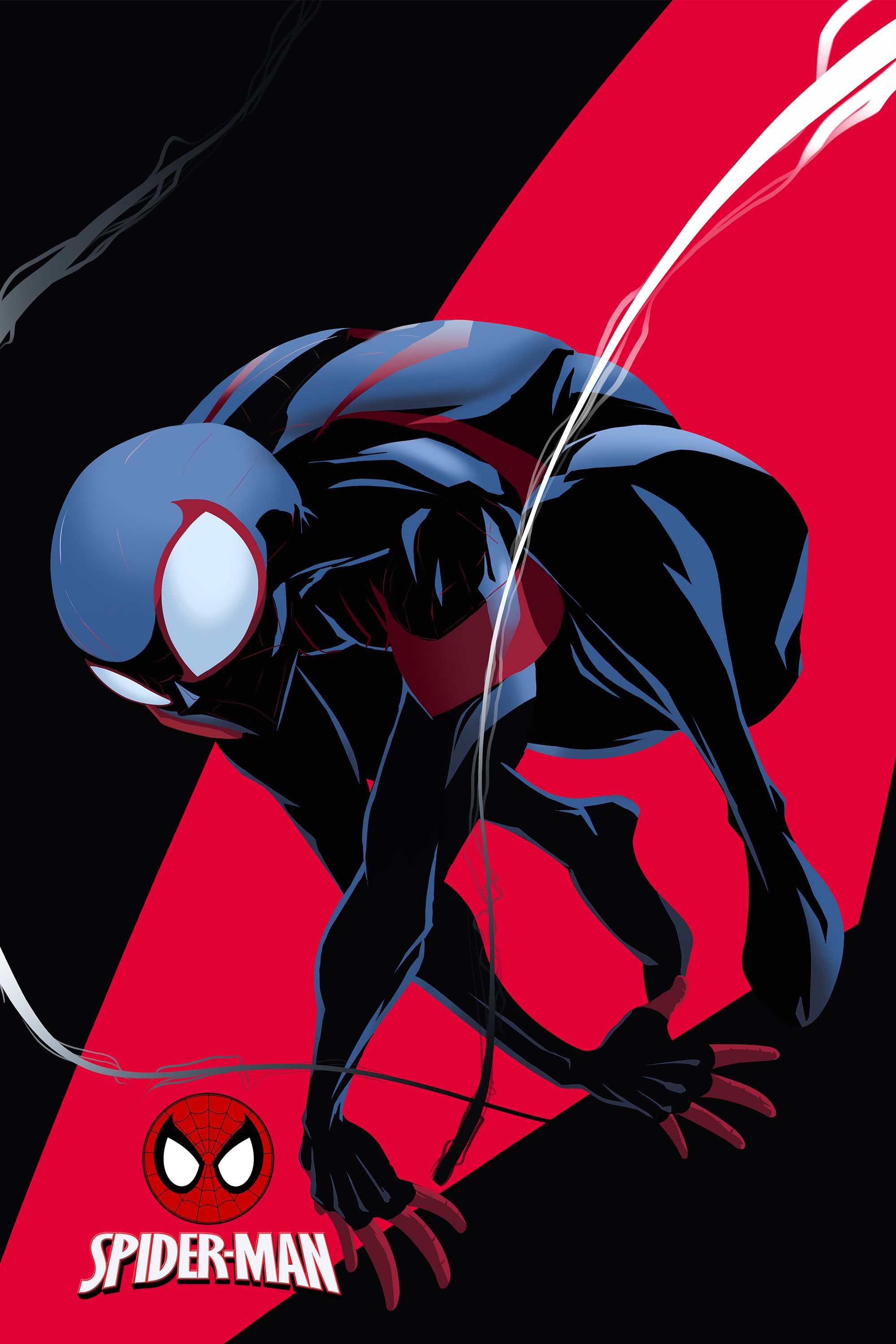
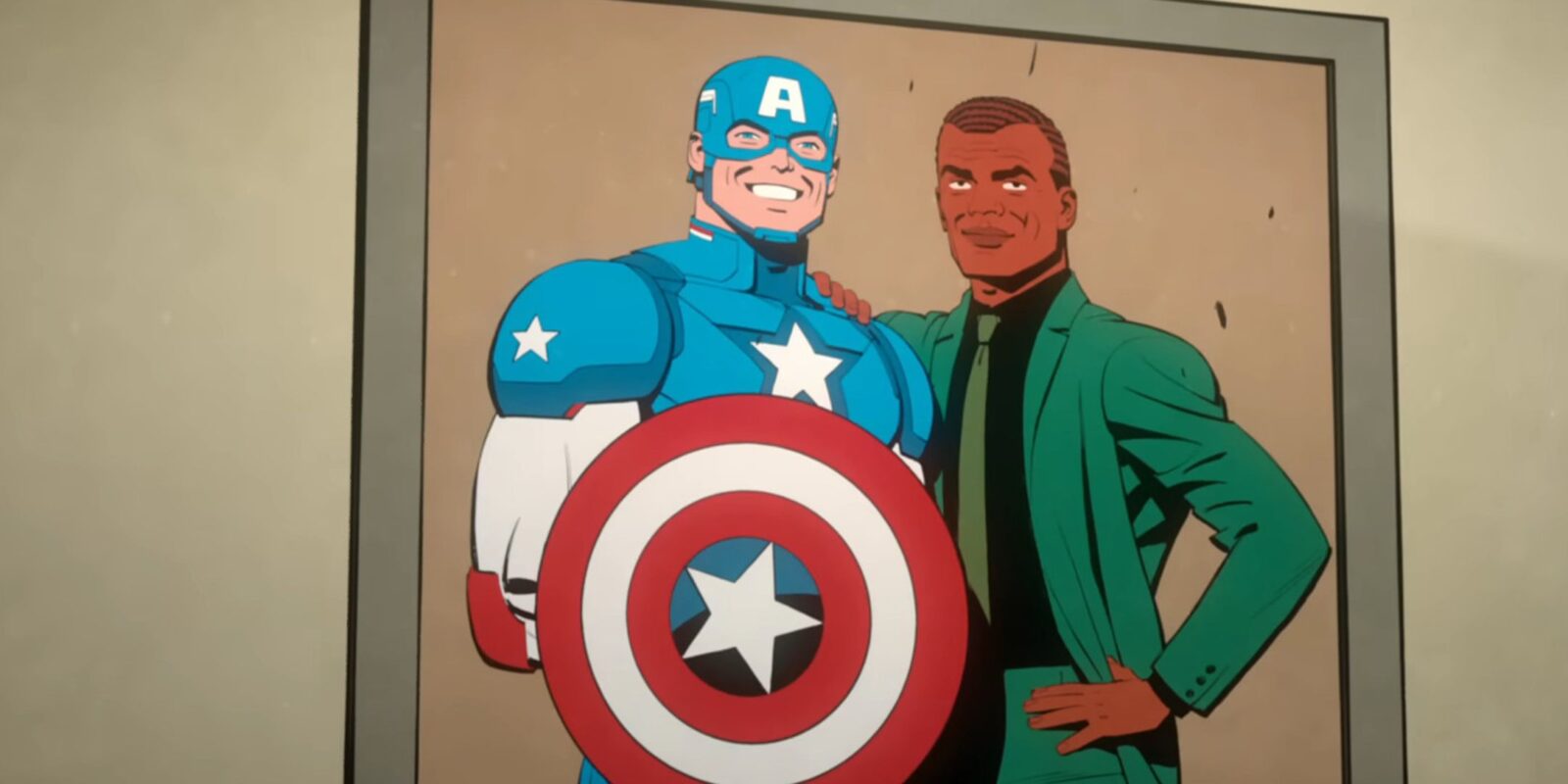

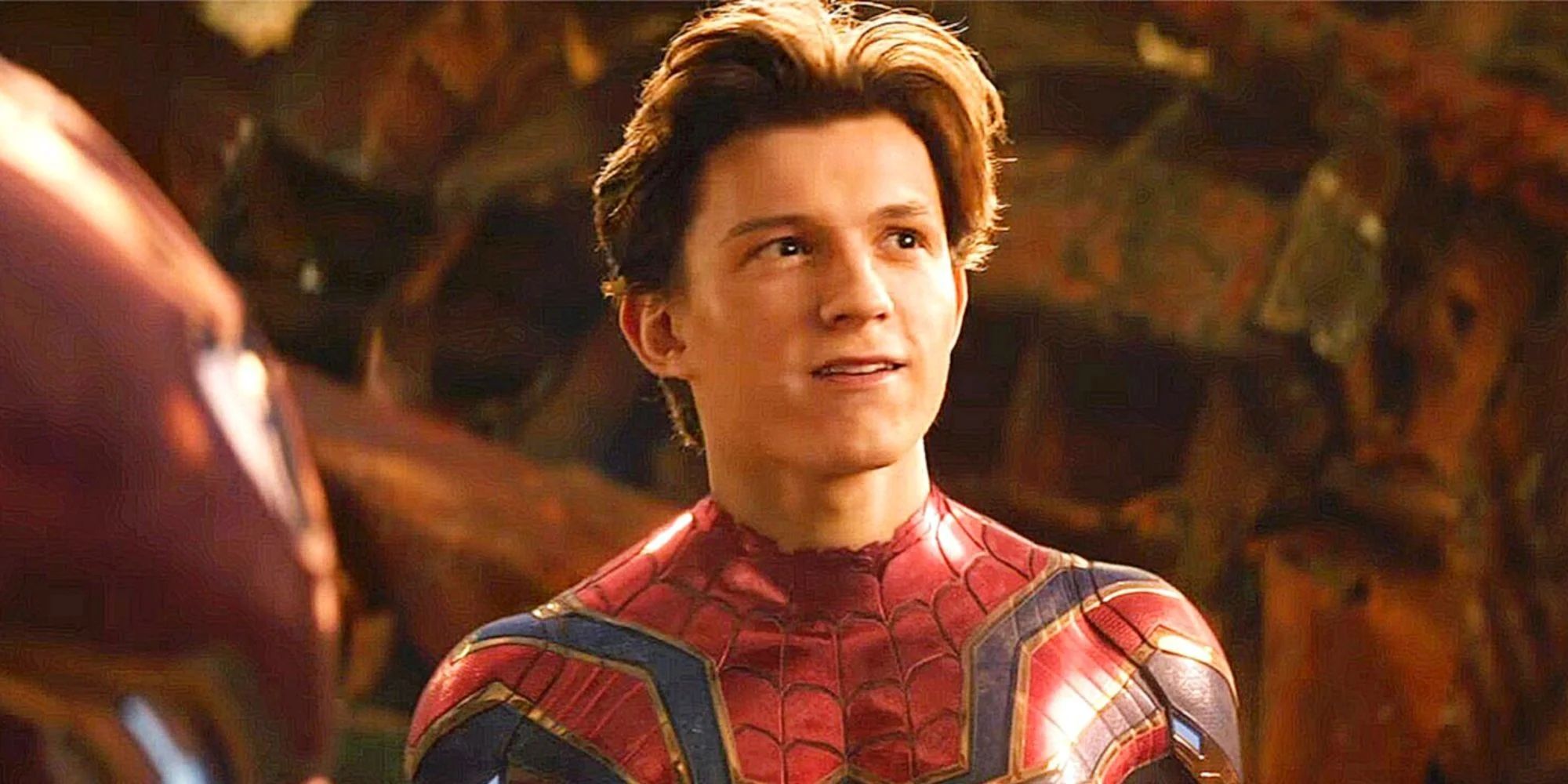
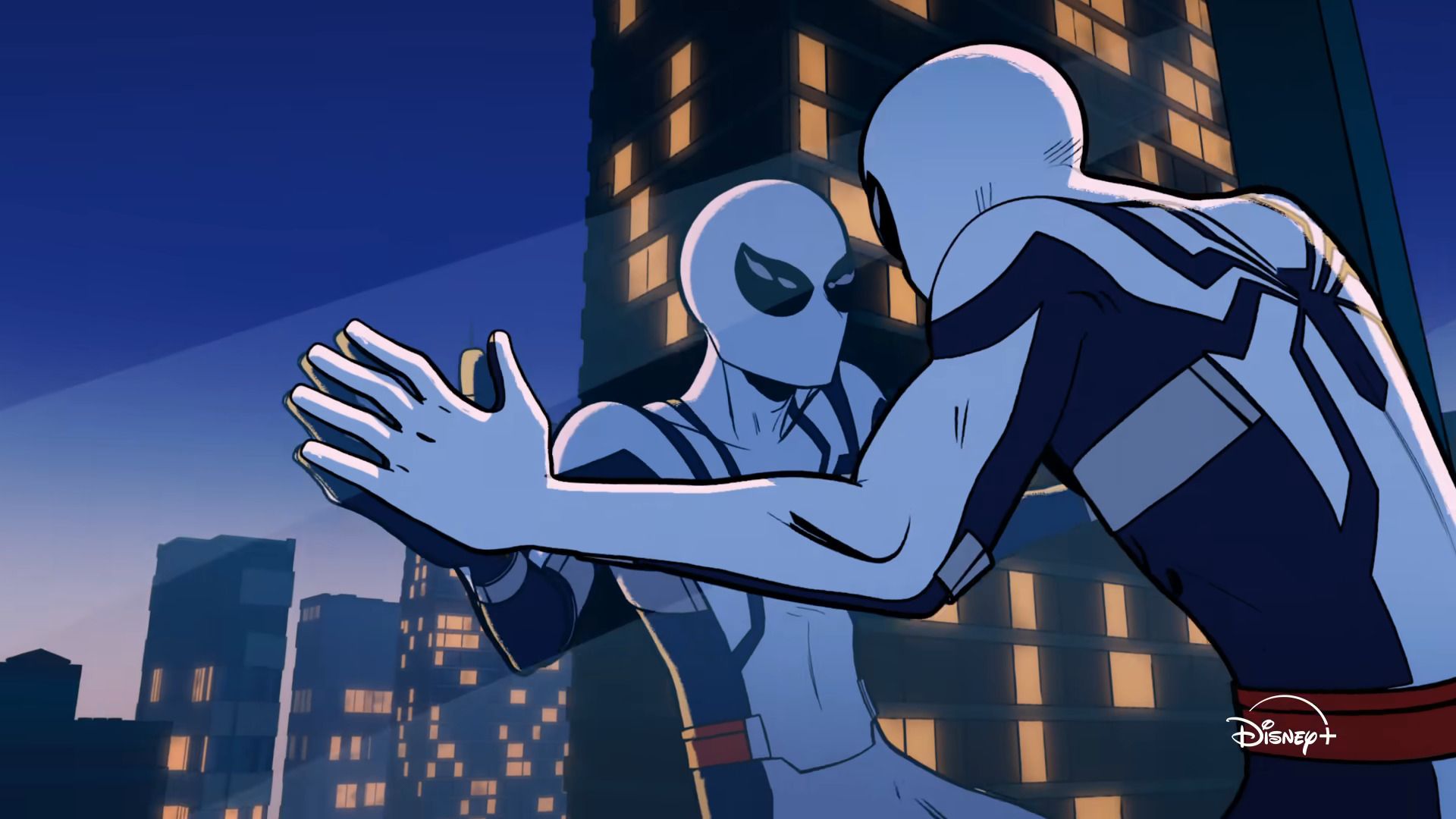
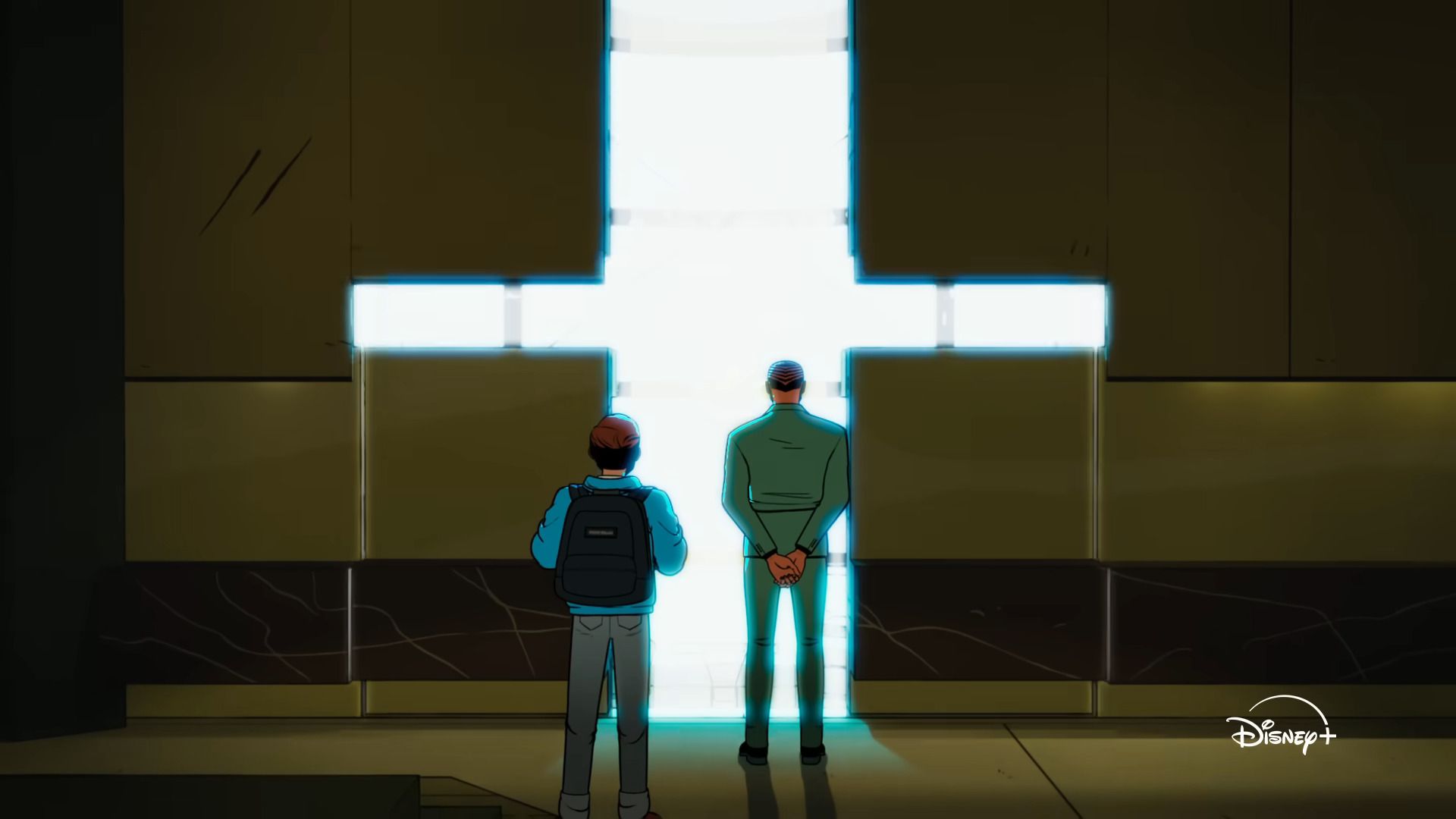
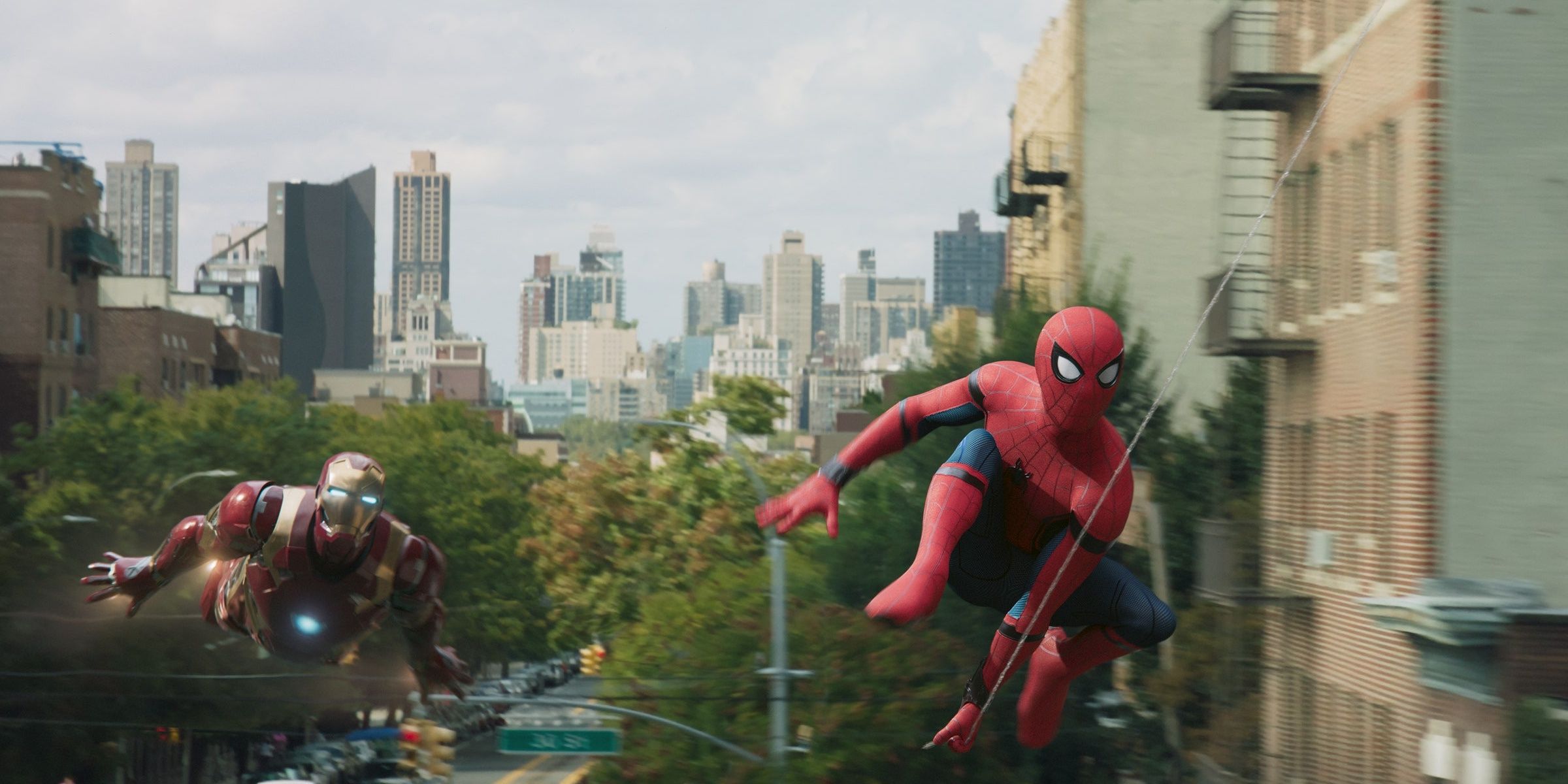







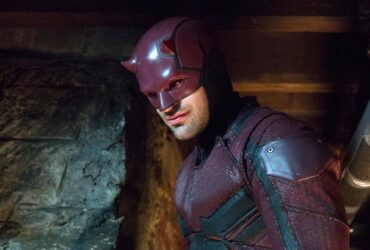

Leave a Reply